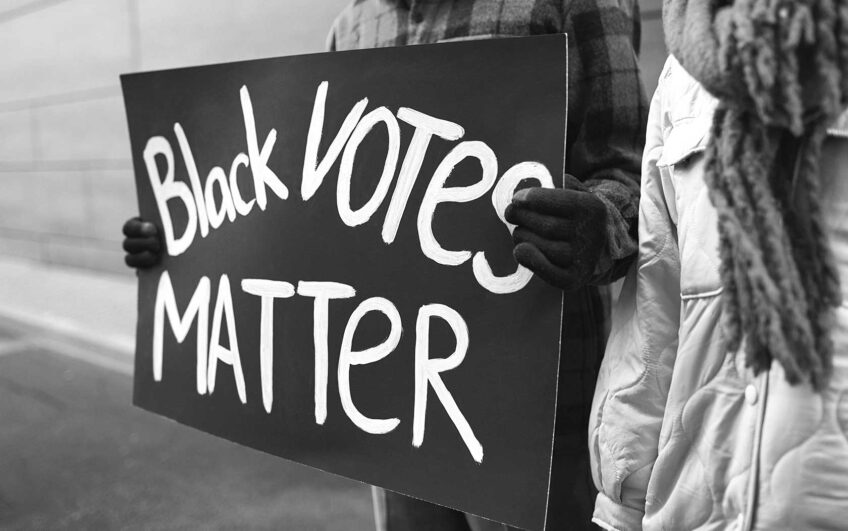Don’t use school aid for both tax relief and school improvement
The backlash against property tax continues across the country, from Florida and Georgia to Pennsylvania and New Hampshire. Here in Massachusetts, Gov. Deval Patrick has declared the property tax “broken.” The mandate from homeowners is clear: Cut our bills.
The majority of states, including Massachusetts, also need to maintain adequate funding for public schools. This funding is critical for improving student achievement and raising the graduation rate, which is a top priority of the state Board of Education.
The political temptation is to promise more state school aid to achieve two different goals: tax relief and school improvement.
But the “Property Tax-School Funding Dilemma,” a recent report I authored for the Cambridge-based think tank the Lincoln Institute of Land Policy, shows that states that have tried to tackle both goals at the same time with the same policy tool have not fared well.
The report examines seven states — California, Massachusetts, Michigan, New Jersey, New Hampshire, Ohio and Texas — all wrestling with taxpayer resistance to property taxes and the need to maintain funding for a public school system in some cases already challenged by growing special education populations, high poverty and other demographic factors.
California does the worst job with its combined school funding and property tax policies, particularly as reflected by test scores. Massachusetts is actually about as good as it gets in terms of successfully distributing state education aid and fairly collecting revenue from homeowners. One key to Massachusetts’ relative success is that property tax relief was tackled in the 1980s, followed by education reform in the next decade.
One problem with having a dual objective for school aid is the lack of certainty about how the money will be used. School aid may or may not provide property tax relief, depending upon how it is structured. Increased school aid can reduce property taxes and increase spending on education, but it also can increase spending on police, fire and other municipal services.
Second, as a form of tax relief, increases in school aid will reduce property taxes for commercial, industrial and utility properties, as well as for residential properties. Among homeowners, both high- and low-income families benefit.
On the school funding side, school finance experts have concluded that the best form of school aid sends more dollars to school districts with a disproportionate share of students who are more costly to educate — English language learners, special education students, and students from low-income families.
However, there isn’t a close match between communities with high property tax rates and needy students.
It isn’t the first time policymakers have found themselves between a rock and a hard place, but there are sensible ways to deal with the problem.
Though the property tax has been somewhat demonized, it has several positive features: It provides a stable revenue source, allows voters to weigh the cost of additional taxes against the benefit of increased spending, and is a more progressive tax than sales taxes or user charges. The solution almost certainly lies in a “mend it, don’t end it” approach.
States could make much better use of targeted property tax “circuit breakers,” which provide property tax relief to low- and moderate-income families whose property taxes are high relative to their incomes. These circuit breakers are in place in some states, but they are often poorly funded or apply only to seniors, as is the case in Massachusetts.
School funding experience has shown it’s best to target funds to the neediest students, schools and districts. Since the 1993 Massachusetts Education Reform Act, the Commonwealth has done a good job of targeting aid to needy school districts, but the 2006-2007 budget reduced that targeting. How far can the state move toward untargeted aid without compromising its student achievement goals?
Making progress on tax relief and school improvement requires a lot of hard work. But one thing is clear: Don’t think you can use school aid to improve schools and provide property tax relief at the same time. There’s an old saying in the policy world — one instrument for one goal. It’s best to confront property taxes and school improvement separately.
Daphne A. Kenyon is a visiting fellow at the Lincoln Institute of Land Policy, a think tank in Cambridge, and principal of D.A. Kenyon Associates, a public finance consulting firm in Windham, N.H.






